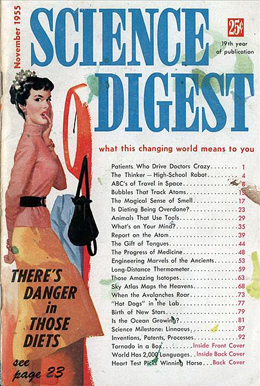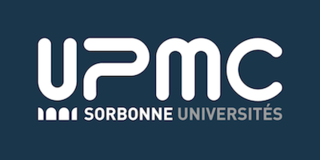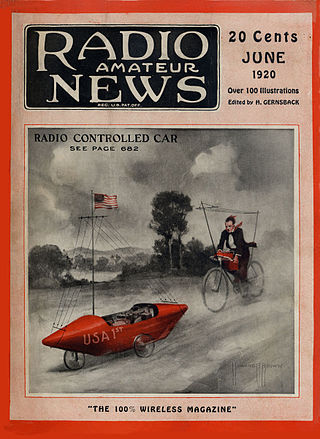Computer magazines are about computers and related subjects, such as networking and the Internet. Most computer magazines offer advice, some offer programming tutorials, reviews of the latest technologies, and advertisements.
The Skeptics Society is a nonprofit, member-supported organization devoted to promoting scientific skepticism and resisting the spread of pseudoscience, superstition, and irrational beliefs. The Skeptics Society was co-founded by Michael Shermer and Pat Linse as a Los Angeles-area skeptical group to replace the defunct Southern California Skeptics. After the success of its Skeptic magazine, introduced in early 1992, it became a national and then international organization. Their stated mission "is the investigation of science and pseudoscience controversies, and the promotion of critical thinking."

Skeptic, colloquially known as Skeptic magazine, is a quarterly science education and science advocacy magazine published internationally by The Skeptics Society, a nonprofit organization devoted to promoting scientific skepticism and resisting the spread of pseudoscience, superstition, and irrational beliefs. First published in 1992, the magazine had a circulation of over 40,000 subscribers in 2000.

Kendrick Crosby Frazier was an American science writer and longtime editor of Skeptical Inquirer magazine. He was also a former editor of Science News, author or editor of ten books, and a Fellow of the American Association for the Advancement of Science (AAAS). He was a fellow and a member of the executive council of Committee for Skeptical Inquiry (CSI), an international organization which promotes scientific inquiry.

Science Digest was a monthly American magazine published by the Hearst Corporation from 1937 through 1988.

Pierre and Marie Curie University, also known as Paris VI, was a public research university in Paris, France, from 1971 to 2017. The university was located on the Jussieu Campus in the Latin Quarter of the 5th arrondissement of Paris, France. UPMC merged with Paris-Sorbonne University into a new combined Sorbonne University.

Radio News was an American monthly technology magazine published from 1919 to 1971. The magazine was started by Hugo Gernsback as a magazine for amateur radio enthusiasts, but it evolved to cover all the technical aspects to radio and electronics. In 1929, a bankruptcy forced the sale of Gernsback's publishing company to B. A. Mackinnon. In 1938, Ziff-Davis Publishing acquired the magazines.

Focus is an Italian monthly popular science magazine published in Milan, Italy. It has been in circulation since 1992.
Airone is an Italian science magazine devoted to science and technology issues. It is published in Milan, Italy, by Editoriale Giorgio Mondadori.

The Computer Paper was a monthly computer magazine that was published in Canada from February 1988 until November 2008. The magazine was originally published by Canada Computer Paper Inc. It was purchased in 1997 by Hebdo Mag International of Paris, France, and then to Piccolo Publishing Ltd of Toronto in 2003. Publication ceased in November 2008 due to declining ad revenues.

CEA-Leti is a research institute for electronics and information technologies, based in Grenoble, France. It is one of the world's largest organizations for applied research in microelectronics and nanotechnology. It is located within the CEA Grenoble center of the French Alternative Energies and Atomic Energy Commission (CEA).
Science & Vie Junior is a French science magazine targeting children. The magazine is published by Mondadori France, a subsidiary of the Italian media company Mondadori. The headquarters of the magazine is in Paris.

Byte was a microcomputer magazine, influential in the late 1970s and throughout the 1980s because of its wide-ranging editorial coverage.

Closer is a British tabloid magazine founded in 2005 and published by Bauer Consumer Media. A French language version followed shortly afterwards, and an American edition began publication in 2013.
Pleine Vie is a French language monthly general interest and women's magazine published in Paris, France, since 1981.

The Association française pour l'information scientifique or AFIS is an association regulated by the French law of 1901, founded under the leadership of Michel Rouzé in November 1968. As a skeptical organisation, it has been a member of the European Council of Skeptical Organisations since 2001, and publishes the magazine Science et pseudo-sciences.
Modes & Travaux is a French language monthly general interest women's magazine based in Paris, France. Founded in 1919 it is one of the oldest magazines in the country.

The VG5000μ is a computer created by Philips in 1984. It was manufactured in Le Mans by Radiotechnique (RTS) and marketed under the Philips, Radiola and Schneider brands.
Science et Vie TV is a French thematic television channel dedicated to the scientific world.
Henri Lapeyre was a French historian and Hispanist, specialist in the modern history of Spain. He was professor of modern history at the University of Grenoble.











